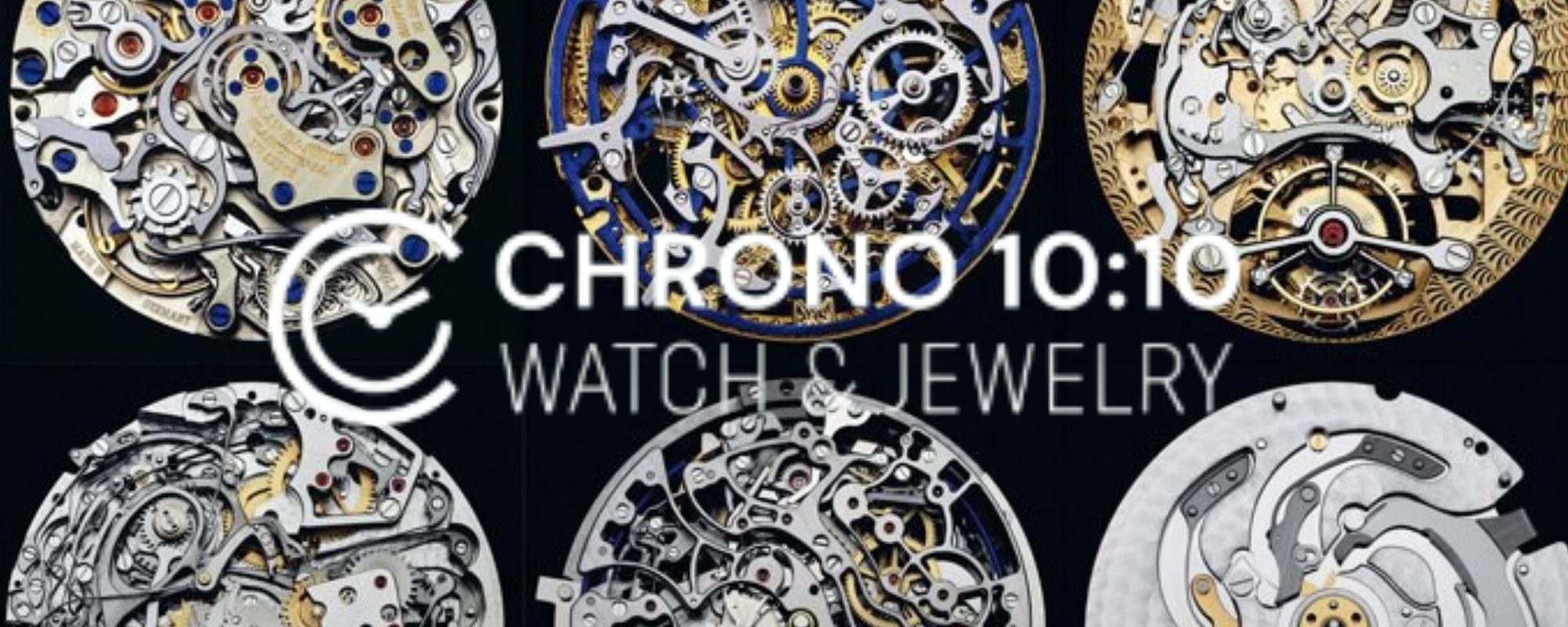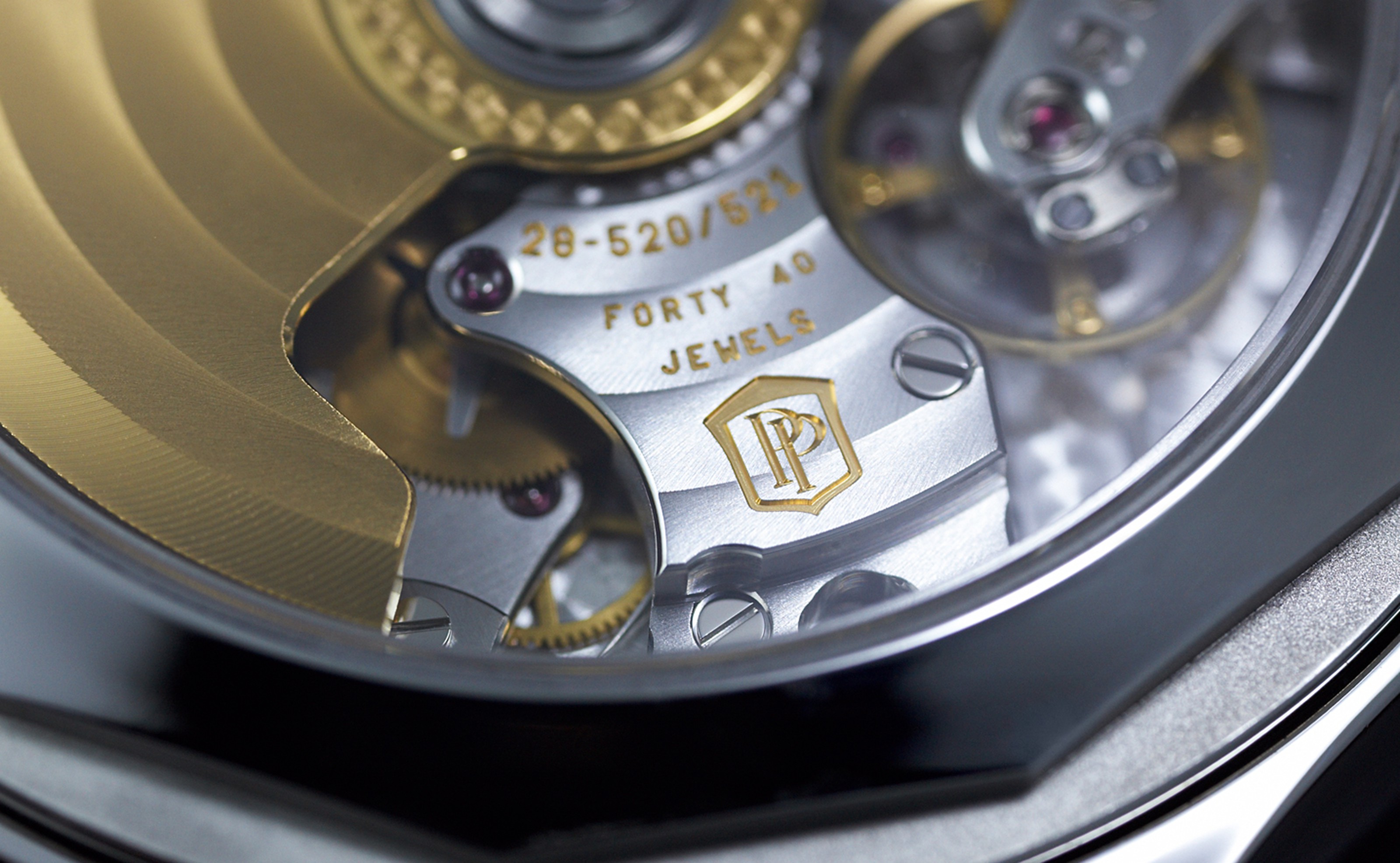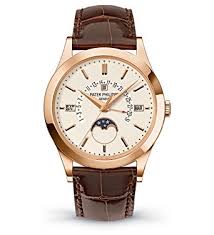Watchmaking is a harmonious blend of craftsmanship and art 🎨 No one can deny this, because creating refined yet precise timepieces requires mastery and meticulous attention to every detail. If you look at the workings of a watch movement - for example, in a skeletonized model - you’ll see how incredibly complex the internal design is, and how important each element is in ensuring both functionality and aesthetics.
At the same time, a watch movement is not just about technical solutions that allow a watch to display time. It’s about your feelings, your emotions, and the choice you make - mechanical, automatic, or quartz - depending on your lifestyle, personal preferences, hobbies, and status.
Briefly - the Evolution of the Watch Movement 📜
When watches first became part of daily life, they were still pocket watches powered by a manually wound mechanism. In the 19th century, the first wristwatches appeared, equipped with more compact movements. After World War I, automatic mechanisms made their way into these accessories.
By the late 1960s, Japanese company Seiko released the first quartz watches, sparking a revolution in the watch industry. Swiss mechanical watches, however, endured and even strengthened some of their advantages. But quartz models became serious competitors to mechanical and automatic timepieces, meaning that innovation in watchmaking became a constant in the evolution of the industry.
So, what are the principles behind each type of watch movement, and how do they differ?
Mechanical Watches ⚙️
The energy source in these timepieces is a mainspring. The advantages of such watches include:
No battery replacement needed - winding the watch can be a meditative ritual for distinguished individuals.
Smooth movement of the hands and precise timekeeping.
With proper care, mechanical watches can outlast quartz models.
A mechanical watch on the wrist is always a symbol of good taste and prestige.
The earliest complex mechanical watches used a system of interconnected gears rotating at a strictly defined speed to ensure accuracy. Once wound, the energy is stored in the mainspring and released at precise intervals thanks to:
The escapement, which regulates energy release.
The balance wheel - the most sensitive component.
Mechanical movements differ by origin:
In-house calibers - unique mechanisms made specifically for certain models (Rolex, Zenith, Patek Philippe, JLC, IWC, Omega, etc.).
Mass production - e.g., Swatch Group, ETA supplying multiple brands.
Third-party movements - used by fashion houses like Dior, Chanel, Louis Vuitton.
Quartz Watches ⏱️🔋
Powered by a battery generating an electric current to drive a pulse generator, stabilized by a quartz crystal. This ensures accuracy of about ±15 seconds per month. Quartz watches are recognized by their “tick-tick-tick” second-hand movement.
Advantages:
Higher accuracy.
More durable and less affected by environmental factors.
Lower maintenance cost.
Drawbacks:
Battery replacement required.
Lower repairability.
Considered less prestigious than mechanical.
There’s also debate about the potential health effects of the high-frequency generator, with some researchers warning about long-term exposure.
Automatic Watches ⌛🔄
Appearing in the late 18th century, these work like mechanical watches but use wrist movements to wind the mainspring via a rotor. Advantages include no need for manual winding (if worn daily) and smooth hand movement.
Disadvantages:
Sensitive to the environment.
Not suitable for sports.
Lose accuracy if not worn constantly.
A watch winder is recommended for keeping them running.
Hybrid and Solar Movements ☀️⚡
Some modern watches combine mechanical and quartz features, or are powered entirely by solar energy - showing how far watchmaking technology can go.



